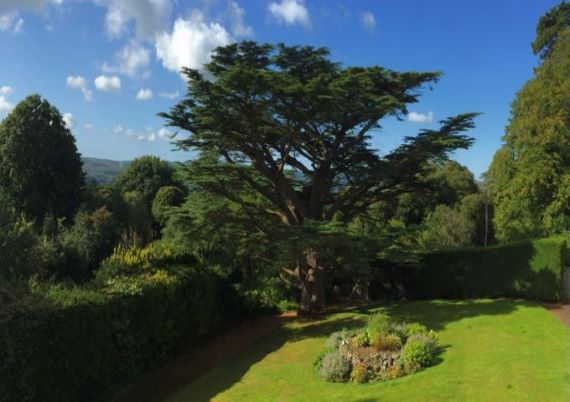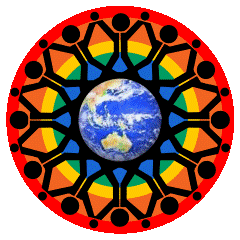
The Magic Notes
Few can hear the magic notes and have danced with joy together.
Many have been drowned by the noise of fame and their desire for material gain.
The universe cries for what could be, the choices that went wrong.
It cries for those who pass this way and didn’t awake to sing their song.
Let There Be Peace on Earth
For as long as I remember I have asked myself the question: how do I live as an active participant in society and
experience an organic and harmonious life?
One important answer to this question came from reading Scott Peck’s book, The Road Less Travelled.
In the opening of his book, he shares the thought that “life is difficult”, and onceone accepts that “life is difficult”, one can
view the difficulties one faces as part of life.
In thinking about this issue, I have gained the understanding that life’s difficulties should be viewed
as the grist in the mill that helps facilitate our personal learning and growth as human beings. I learned to see that what is important is
not avoiding difficulties in life, but rather, how you choose to act in meeting the challenges those difficulties present.
Life is not fair. When I look at a world that is not perfect I feel despair at the harm that is inflicted
on innocent people by the actions of others and the calamities of nature. However, I think that calamities can provide opportunities for people
to care. A recent example I saw in thepress was that a community was devastated by floods, and as the residents dealt with the aftermath of
their flood, people from neighboring villages turned up to help.
The term “balance” comes to mind as we need to face the challenges of our own lives as well as
selectively choose ways in which we can contribute to the well being of others.
These introductory notes are provided to help place in context some personal thoughts that may be helpful
in building a more peaceful world together. I recognize my notes cover only a small fraction of the ways we can work together to make a
positive difference in the world. I’ll try and state my thinking as simply as possible by using a series of statements.
1. The building blocks of peace on Earth and well being for all are the changes each one of us chooses
to make in the way we live our lives and in particular, the way in which we choose to behave in our relationships with others and our environment.
2. People do not choose to change unless they have a personal experience from which they learn and which
provides the foundation for their choice to change.
3. The characteristics of the environment in which people live their lives can enable or constrain their
efforts to gain the experiences they need to learn and change.
4. A cultural environment in which people dominate each other and in which people are expected to do what
others say, rather than what they think is right, is a major constraint on human learning and becoming.
5. Riane Eisler, in her book, The Chalice and the Blade made a valuable contribution to understanding
the two primary organizational forms mankind has used to survive. She referredto these as the domineering model and the partnership model.
6. In human history, particularly in Western culture, the domineering model has prevailed. Whether or not
this is true and if so, why it has prevailed, is open to an interesting debate. My view is that it has prevailed in many different forms,
whether it be in the family, workplace or in religion.
7. Early in the Industrial Revolution, the ideas of Frederick Taylor and Scientific Managementprevailed.
Scientific Management involved breaking work down into simple and mechanistic tasks and workers being instructed on how to do them repeatedly.
8. Traditional management is a “top down” domineering management approach and, in general,
those who are better cogs in the wheels of the organization gain promotion and dominance, and preserve work places that constrain human
learning and evolution.
9. Traditional management fosters a mechanistic rather than experiential educational system. A mechanistic
educational system stifles creativity and the joy realized by being creative.
10. As the rate of change and international competition has accelerated, the traditional domineering form
of management has been resistant to change. The associated rigor mortis has and is being the death nell for many companies.
11. Partnership Management is known by many names, one of which is Process Management. To be successful
in partnerships, people need to understand the work processes that they contribute to, and in particular, the needs of those within the work
place with whom they interface.
12. The development of a partnership culture and the implementation of Partnership Management enables the
achievement of higher performance, enhances employee engagement and facilitates the ability of people to learn and grow, and thus help
incrementally to build a more peaceful world for themselves and others.
